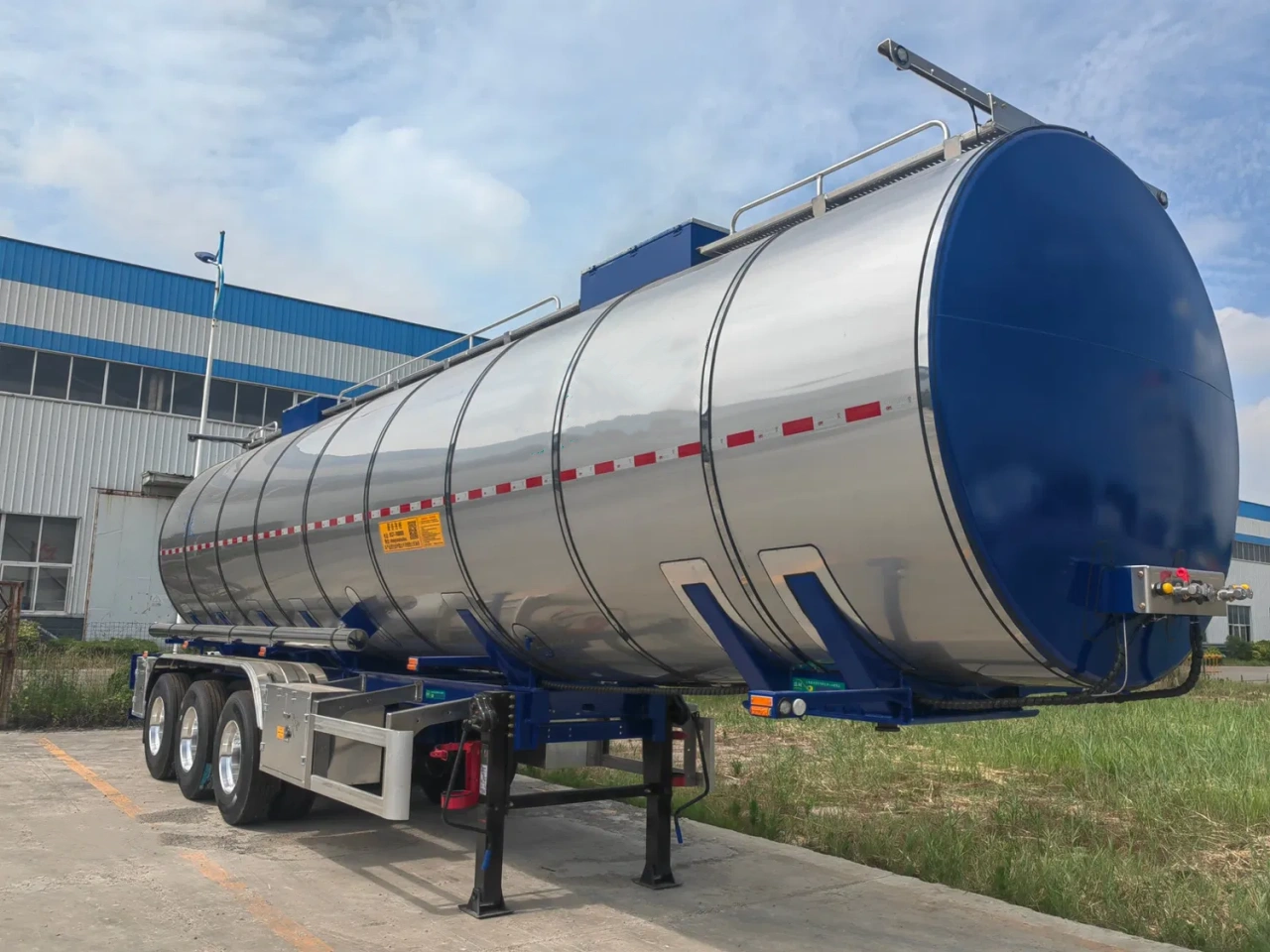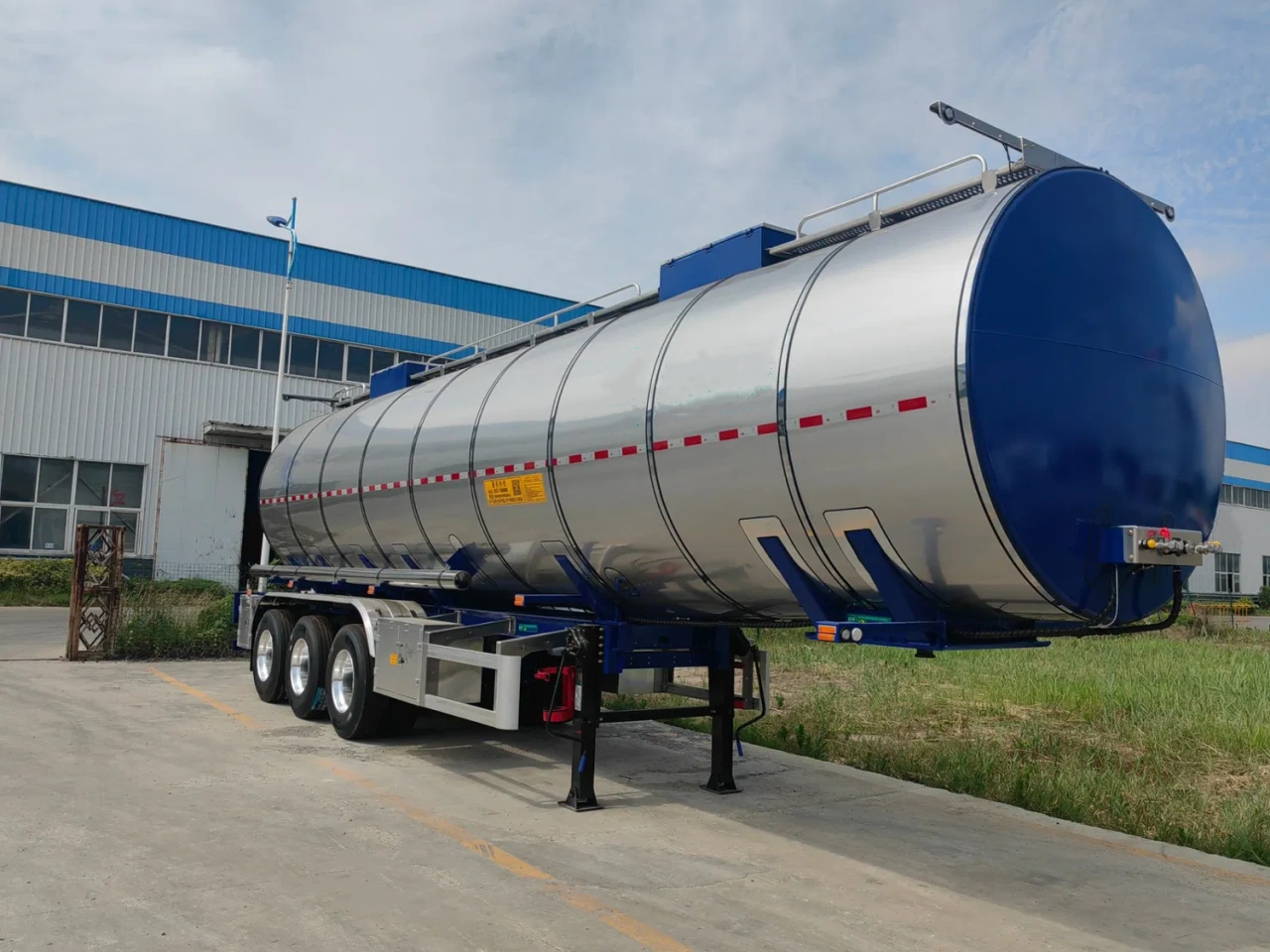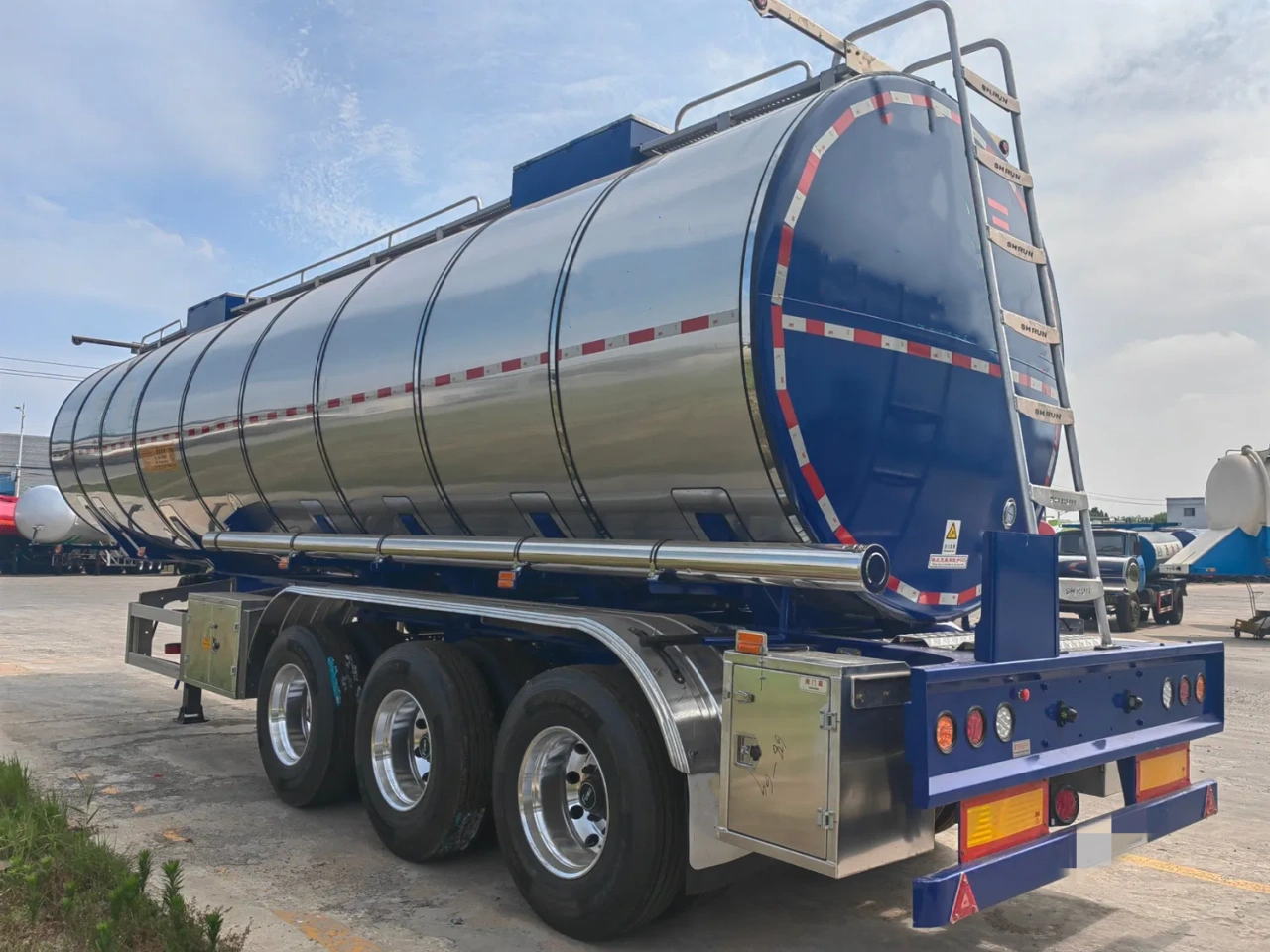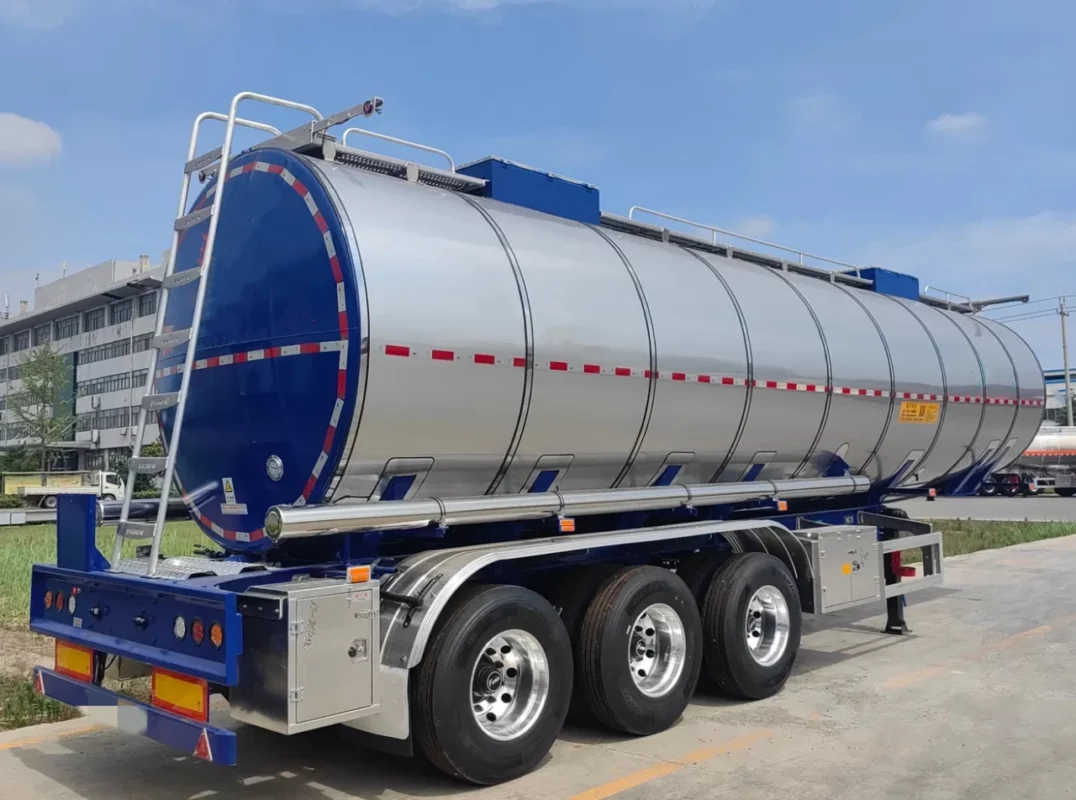How Much Water Does a Semi Trailer Hold?
Semi trailers are commonly used in the transportation industry to carry a wide range of goods, from food and liquids to heavy machinery and construction materials. While these trailers are designed for transporting a variety of commodities, one question often arises: how much water can a semi trailer hold? The answer depends on several factors, including the type of trailer, its size, and the specific purpose it is designed for.
In this article, we will explore the different types of semi trailers used for transporting water, their capacities, and the factors that influence how much water they can hold. Additionally, we will look at the various considerations that come into play when transporting water in a semi trailer, such as the material of the trailer, safety measures, and maintenance requirements.
Types of Semi Trailers Used for Transporting Water
Semi-trailers used for transporting water typically fall into one of 2 categories: tanker trailers and water trucks. These trailers are equipped with specialized tanks designed to hold liquids and are built to meet specific regulatory and safety standards.
- Tanker Trailers: These trailers are designed specifically for transporting liquids, including water. They come in various shapes and sizes, with cylindrical tanks being the most common. Tanker trailers are often used for transporting large quantities of water for industrial, agricultural, or municipal purposes. Some are equipped with multiple compartments, allowing them to carry different types of liquids, such as water, chemicals, or fuels, separately.
- Water Trucks: While not technically a semi-trailer, water trucks are also used to carry large quantities of water, especially for construction or fire-fighting purposes. These trucks often feature large tanks mounted on their chassis and are capable of carrying thousands of gallons of water. Water trucks are commonly seen on construction sites, in rural areas, or during emergencies.

How Much Water Can a Semi Trailer Hold?
The capacity of a semi-trailer to hold water depends on the type of trailer and its design. Tanker trailers can hold significantly more water than standard dry freight trailers or flatbeds due to their specialized design and the materials they are constructed from.
- Standard Tanker Trailers: A standard tanker trailer used for transporting water typically has a capacity ranging from 6,000 to 10,000 gallons (22,700 to 37,800 liters). These trailers are generally 40 to 53 feet long and are designed to be loaded with a large volume of liquid. Some trailers may feature multiple compartments to allow for the transport of different types of liquids or to prevent the water from sloshing around during transit, which can be dangerous in some cases.
- Large Tanker Trailers: Larger tanker trailers, such as those used in industrial or municipal applications, can hold up to 12,000 gallons (45,400 liters) or more. These trailers are often equipped with pumps and hoses to facilitate easy loading and unloading of water at various points of delivery.
- Water Trucks: Water trucks, which are designed for specific purposes such as construction, dust suppression, and emergency response, typically hold between 2,000 to 4,000 gallons (7,500 to 15,100 liters) of water. While they carry less water than large tanker trailers, they are highly versatile and can access areas where a larger semi trailer might have difficulty navigating.
Factors Influencing Water Capacity
Several factors influence the amount of water a semi trailer can hold. These include the type of trailer, its size, and the specific design features that allow it to transport water efficiently and safely.
- Trailer Size and Dimensions: The length, width, and height of the trailer are crucial factors in determining its water capacity. Standard semi trailers range in length from 40 to 53 feet, and the diameter of the tank can vary based on the design. Larger trailers, such as those with extended lengths or multiple compartments, can hold more water.
- Tank Design and Compartments: Tanker trailers are often designed with multiple compartments to accommodate various types of liquids. A trailer with multiple compartments can hold more water overall but may have reduced capacity in each section. These compartments also help in preventing the water from moving around too much during transit, which can be a safety hazard. The design of the tank also affects the weight and structural integrity of the trailer.
- Material of Construction: The materials used to build a tanker trailer play an important role in determining how much water it can safely hold. Most water tanker trailers are made from aluminum, stainless steel, or carbon steel. These materials are durable, resistant to corrosion, and able to withstand the pressure exerted by large volumes of liquid. The thickness of the material will also influence the weight and capacity of the trailer.
- Weight Limitations: While tanker trailers can hold large quantities of water, there are weight limitations to consider. The total weight of a fully loaded water tanker, including the water and the trailer itself, must adhere to legal weight restrictions set by government regulations. These regulations vary by state and country but generally require that the combined weight of the vehicle and its load does not exceed a specified amount, often around 80,000 pounds (36,287 kg) for a fully loaded semi truck in the U.S.
- Safety and Regulation: To ensure safety during the transport of water, especially in large quantities, tanker trailers are subject to strict regulations. These regulations govern factors such as the construction of the tank, the use of baffles (which reduce sloshing), and the installation of appropriate valves and pumps for loading and unloading. In some cases, semi trailers carrying water must also comply with specific environmental guidelines to prevent contamination or spills.

Practical Considerations in Transporting Water
When transporting water in a semi trailer, several practical considerations must be taken into account. These include loading and unloading, safety measures, and regular maintenance to ensure that the trailer remains in good working condition.
- Loading and Unloading: Loading and unloading water from a semi trailer require specialized equipment such as pumps, hoses, and valves. In some cases, trailers are equipped with onboard pumps that allow for efficient unloading at various locations. Additionally, care must be taken to ensure that the trailer is loaded evenly to avoid imbalance and ensure the safe transport of water.
- Sloshing and Baffles: Sloshing, or the movement of water inside the trailer during transit, can be dangerous, especially at high speeds or during sudden stops. Tanker trailers designed for transporting water often feature baffles, which are partitions inside the tank that reduce the movement of the liquid. These baffles help maintain the stability of the vehicle, preventing accidents caused by the shifting weight of the water.
- Maintenance and Inspections: Regular maintenance and inspections are crucial for ensuring that tanker trailers remain in good condition and safe for use. This includes checking for leaks, inspecting the condition of the tank and hoses, and ensuring that the trailer’s brakes and suspension systems are functioning properly. Proper maintenance helps to extend the lifespan of the trailer and prevent costly repairs.
Conclusion
Semi trailers, particularly tanker trailers, are designed to carry large quantities of water and other liquids. The amount of water a semi trailer can hold depends on several factors, including the size and design of the trailer, the materials used in its construction, and weight limitations. On average, a semi tanker trailer can hold anywhere from 6,000 to 12,000 gallons of water, while water trucks generally carry between 2,000 to 4,000 gallons. Proper loading, safety measures, and maintenance are crucial for ensuring the safe and efficient transport of water.


